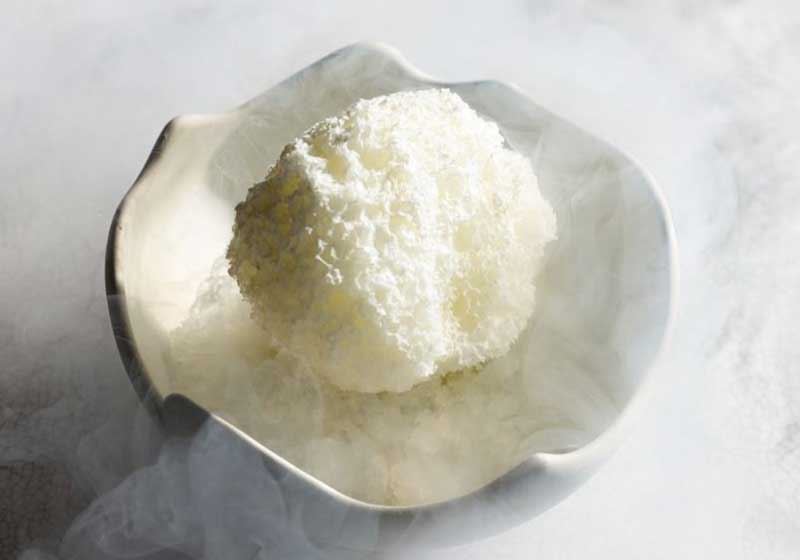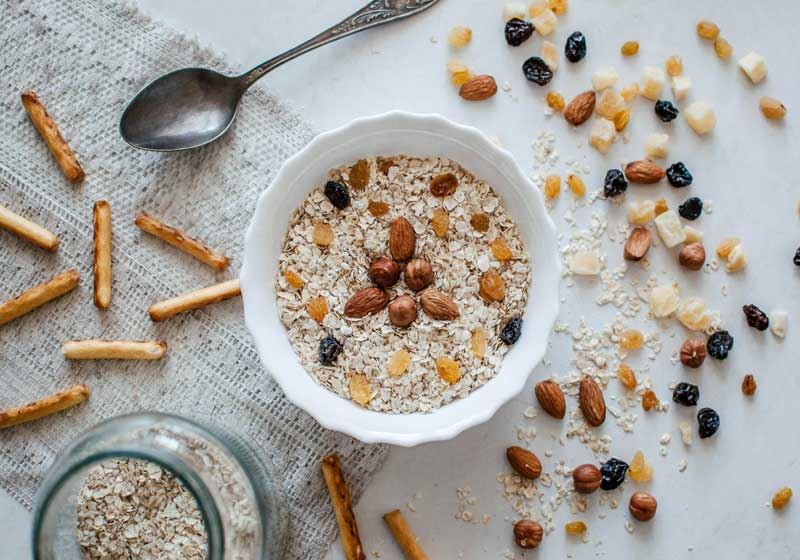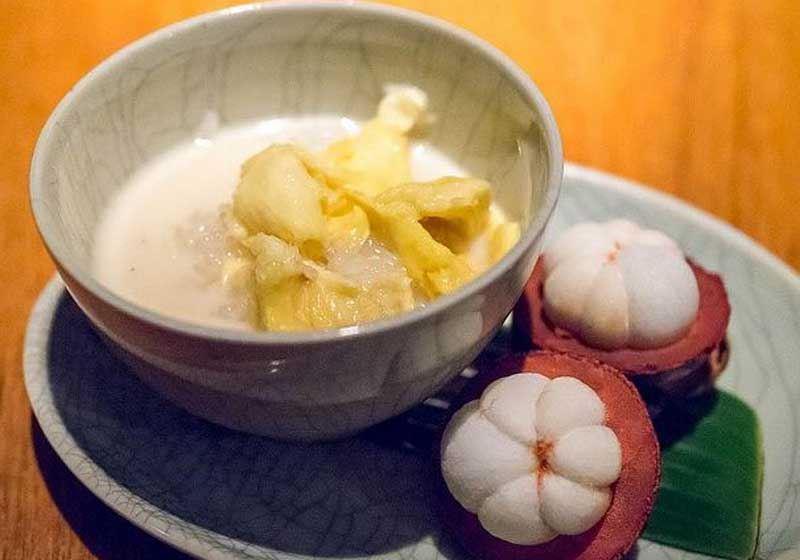Filipino cuisine is a vibrant tapestry of bold flavours, rich traditions and multicultural influences.
From the sour tang of sinigang to the sizzling delight of sisig, each dish tells a story of family gatherings, regional pride and a culinary heritage that’s both humble and inventive.
For Australians looking to expand their palates, here are six Filipino dishes worth discovering:
Sinigang – The Comforting Sour Soup
Sinigang is the quintessential Filipino comfort food - an aromatic, tamarind-based soup that’s both warming and refreshing. Its signature sourness comes from tamarind pulp, but other variations may use calamansi, green mango, or even guava.
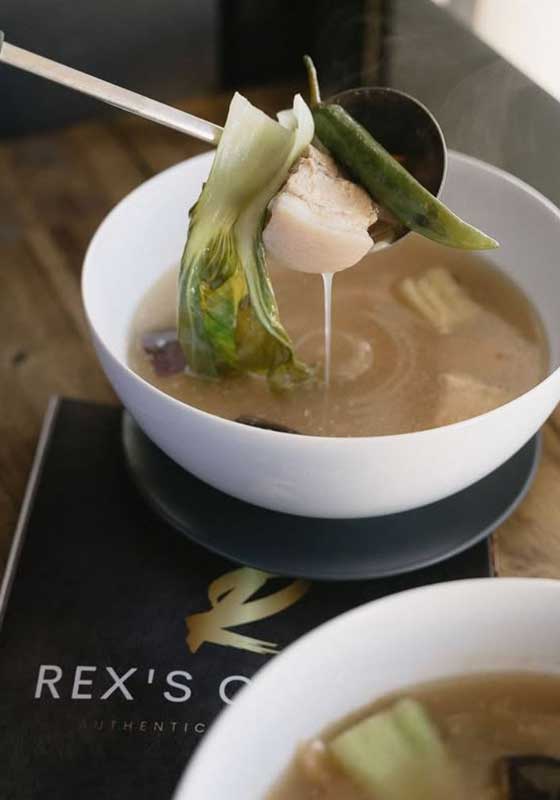
Traditionally served with pork (sinigang na baboy), it’s also popular with shrimp, fish, or beef, combined with vegetables like kangkong (water spinach), daikon, tomatoes and eggplant.
The result is a nourishing broth that perfectly balances sour, savoury and umami flavours. It’s the kind of dish that’s best enjoyed during a rainy day, served steaming hot with a bowl of fluffy white rice.
Adobo – The National Dish
Ask any Filipino about the national dish and chances are you’ll hear ‘adobo’. This deeply savoury stew features meat - usually chicken or pork - slow-cooked in a marinade of soy sauce, vinegar, garlic, bay leaves and peppercorns.
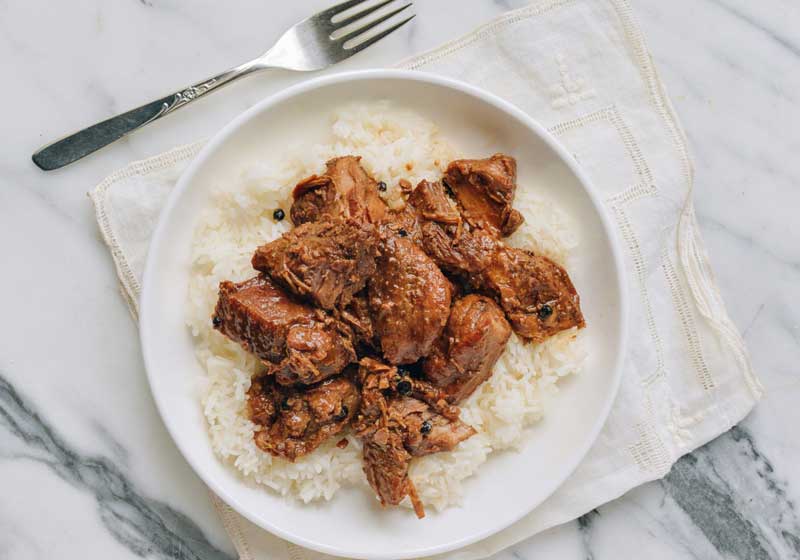
Photo credit: The Woks of Life.
The dish can be dry or saucy, depending on regional or family preferences and often includes a caramelised edge that enhances its complex flavour. Adobo’s versatility and simplicity make it a staple in most Filipino homes and a gateway dish for those new to the cuisine.
Kare-Kare – A Nutty Delight
Kare-kare is a luxurious peanut-based stew, traditionally made with oxtail, beef tripe and vegetables like eggplant, long beans and banana hearts. The creamy, nutty sauce is thickened with ground-roasted peanuts or peanut butter and often served with bagoong (fermented shrimp paste) on the side to cut through the richness.
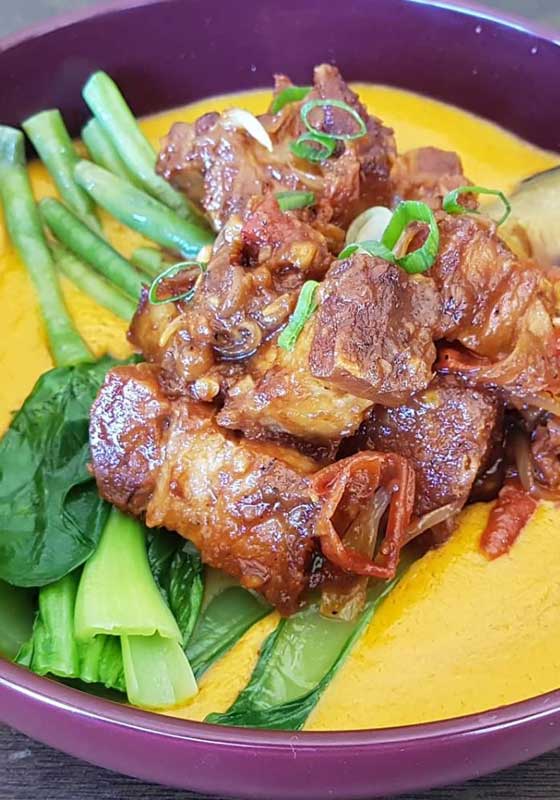
It’s a favourite during festive occasions and showcases the Filipino penchant for balancing bold, contrasting tastes.
Lechon – The Ultimate Celebration Dish
No Filipino feast is complete without lechon - a whole roast pig cooked over charcoal until the skin turns golden and crisp. Inside, the meat remains juicy and tender, often stuffed with lemongrass, garlic, and other aromatics.
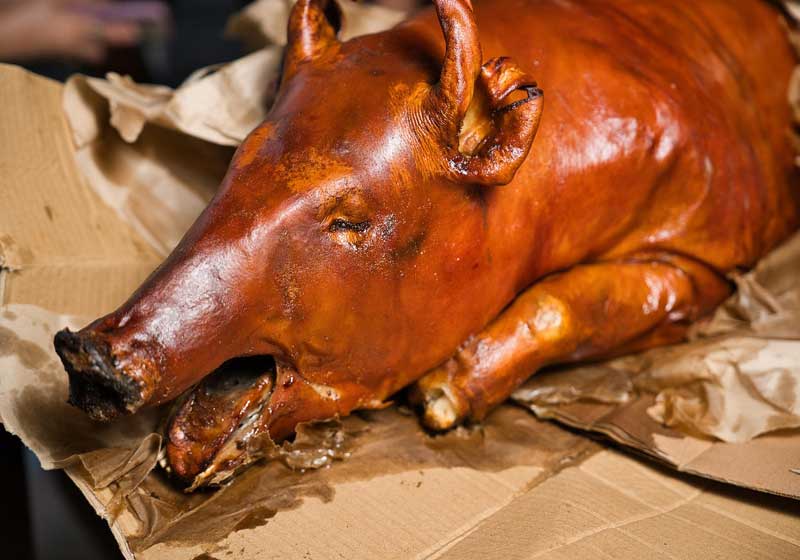
Lechon is typically the centrepiece at fiestas, weddings and Christmas celebrations. Leftovers are sometimes turned into lechon paksiw, a vinegary stew that gives the roasted meat new life.
Pancit – Noodles with Cultural Roots
A symbol of long life and good fortune, pancit is a beloved noodle dish brought to the Philippines by Chinese traders and reinvented with Filipino flair. Variants abound: pancit canton (stir-fried egg noodles with vegetables, shrimp and meat), pancit bihon (thin rice noodles) and pancit palabok (noodles in a garlicky, seafood-based sauce with crushed chicharrón). Whatever the style, pancit is a must-have at birthdays and family gatherings.
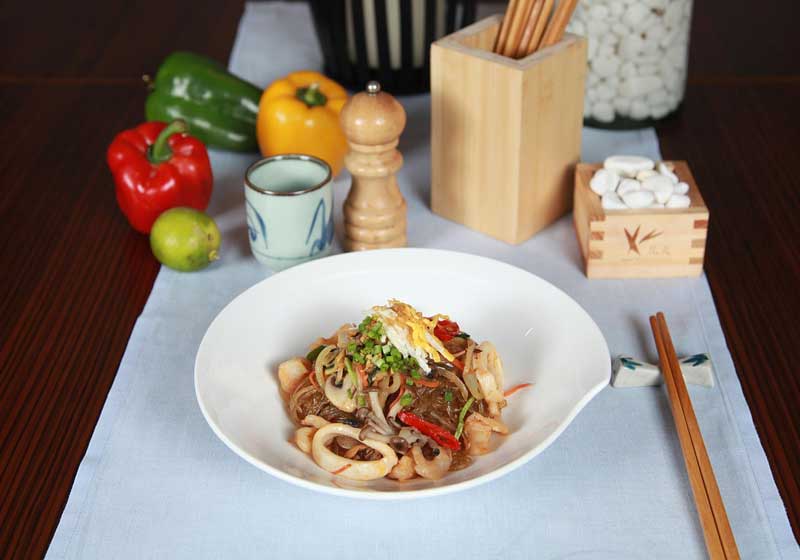
Sisig – Sizzle and Spice
Originating from Pampanga, sisig is a sizzling dish made from finely chopped pork face and ears, seasoned with calamansi, chilli and onions. Often served on a hotplate with a cracked egg on top, sisig is crunchy, chewy, spicy, and citrusy all at once - a flavour bomb that pairs perfectly with a cold beer.
Modern variations now include chicken, squid, tofu, or even vegan options, but traditional pork sisig remains a favourite bar snack and pulutan (drinking food).
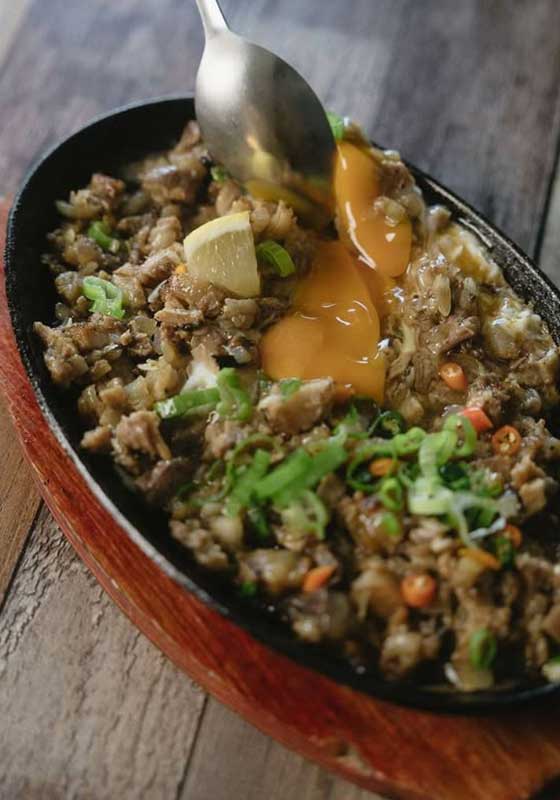
Whether you’re a first-time explorer or a seasoned foodie, Filipino cuisine offers a world of textures, flavours and stories. From the sourness of sinigang to the crackling heat of sisig, these dishes are more than just meals - they’re experiences waiting to be shared.



